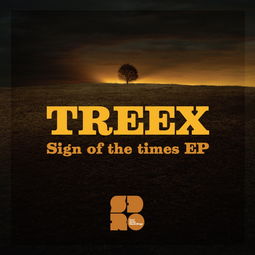
The Om Sign: A Multidimensional Overview
The Om sign, often depicted as a syllable or a symbol, holds a significant place in various cultures and spiritual practices. It is a sound, a symbol, and a concept that transcends language and geographical boundaries. In this article, we will delve into the origins, meanings, and uses of the Om sign from different perspectives.
Origins of the Om Sign

The Om sign has its roots in ancient Indian culture, particularly in Hinduism, Buddhism, and Jainism. It is believed to be one of the oldest symbols in the world, with its origins dating back to the Vedic period (1500-500 BCE). The symbol is often found in ancient texts, temples, and artworks, indicating its importance in these religions.
Meanings of the Om Sign

The Om sign has multiple meanings and interpretations, depending on the context and the spiritual tradition. Here are some of the key meanings:
-
Sound: Om is considered the primordial sound from which all other sounds arise. It is the sound of the universe and represents the infinite nature of existence.
-
Symbol: The Om sign is a symbol of the unity of the universe. It represents the interconnectedness of all living beings and the oneness of existence.
-
Concept: Om is a concept that represents the ultimate reality or the divine. It is often used as a mantra, a word or phrase repeated during meditation to focus the mind and invoke spiritual energy.
Use of the Om Sign in Different Cultures

The Om sign is not limited to Indian spirituality; it has been adopted and adapted by various cultures around the world. Here are some examples:
| Culture | Use of Om Sign |
|---|---|
| Hinduism | Used in mantras, meditation, and religious rituals. |
| Buddhism | Used in meditation, as a symbol of the Buddha, and in Buddhist art. |
| Jainism | Used in meditation, as a symbol of the Jina, and in Jain temples. |
| Yoga | Used in yoga practices, as a symbol of the unity of body, mind, and spirit. |
| New Age Movement | Used as a symbol of spiritual awakening and universal consciousness. |
Om Sign in Modern Society
In recent years, the Om sign has gained popularity in the Western world, particularly among those interested in spirituality and mindfulness. It has been adopted by various industries, including fashion, music, and wellness, as a symbol of peace, unity, and spiritual awareness.
However, the use of the Om sign in modern society has also sparked debates about cultural appropriation and the importance of respecting the origins and meanings of sacred symbols.
Conclusion
The Om sign is a powerful and multifaceted symbol that has been used for centuries in various spiritual traditions. Its origins, meanings, and uses are deeply rooted in the cultural and spiritual heritage of India, but it has transcended geographical and cultural boundaries to become a symbol of universal significance. Whether used in meditation, as a mantra, or as a decorative element, the Om sign continues to inspire and connect people around the world.



